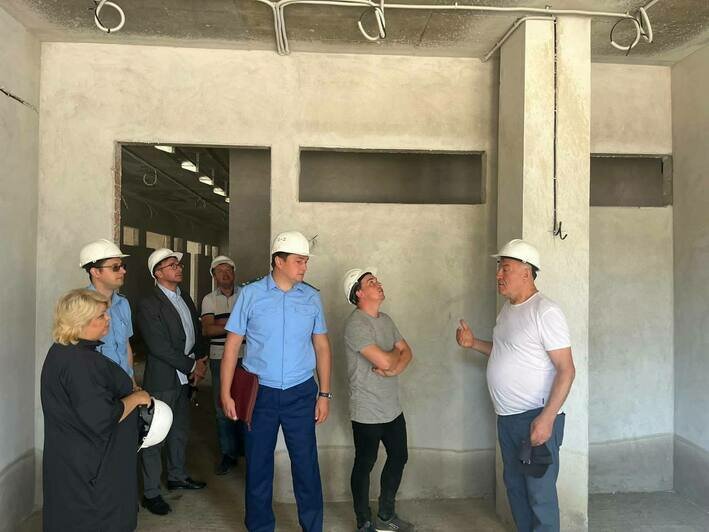A New Era for the Construction Industry
페이지 정보

본문
3D printing, also known as additive manufacturing, has been in operation since the early 1990s. However, its applications in the construction industry are gaining popularity quickly. This technology uses a unique device to layer various materials on top of each other to form a three-dimensional object. The most exciting aspect of 3D printing in construction is that it enables the creation of complex shapes that were previously impossible to manufacture.
One of the primary advantages of 3D printing in construction is that it offers significant environmental benefits. Firstly, it reduces waste generation by using a regulated amount of resources only when needed. Traditional construction methods involve cutting and shaping materials to fit specific designs, resulting in a substantial excess. Secondly, 3D printing reduces the carbon footprint of construction projects by minimizing energy consumption. Thirdly, it eliminates the need for housing, moving, and securing of materials, which also contribute to harmful emissions.
Another significant advantage of 3D printing in construction is its ability to accelerate the building process. Traditional construction methods involve manual labor, which can be inefficient and prone to mistakes. 3D printing, on the other hand, uses automated machines that can work continuously, reducing labor costs and increasing productivity. This means that buildings can be constructed faster, reducing the duration of construction projects and making it possible to complete multiple projects in a reduced duration.
3D printing is also revolutionizing the design process of buildings. With the ability to fabricate elaborate structures, architects can design buildings that are not only artistically impressive but also useful. This technology is also enabling the creation of individualized structures that can be tailored to individual needs and preferences. Furthermore, 3D printing is making it possible to create building parts such as floors, which can be assembled on-site to complete the structure.
The cost-effectiveness of 3D printing in construction is another significant advantage. By reducing labor costs, minimizing waste, and increasing efficiency, 3D printing can reduce the overall price of buildings. Moreover, 3D printing can also reduce the cost of materials by using locally sourced and быстровозводимые здания под ключ екатеринбург recycled materials. This can also help to promote local economic development and reduce the reliance on imported materials.
In final assessment, 3D printing is fast becoming the future of construction. Its ability to reduce waste generation, minimize energy consumption, and speed up the construction process make it a more sustainable technology. Its ability to produce intricate designs, customize buildings, and reduce costs also make it an attractive option for architects, engineers, and builders. As the construction industry continues to evolve, it is likely that 3D printing will play a significant role in shaping the future of construction.

- 이전글9 Lessons Your Parents Taught You About Double Glazing Repairs Birmingham 25.05.23
- 다음글Coach Sportif sur le Québec : Trouver le Bon Entraîneur pour Atteindre Vos Objectifs 25.05.23
댓글목록
등록된 댓글이 없습니다.


